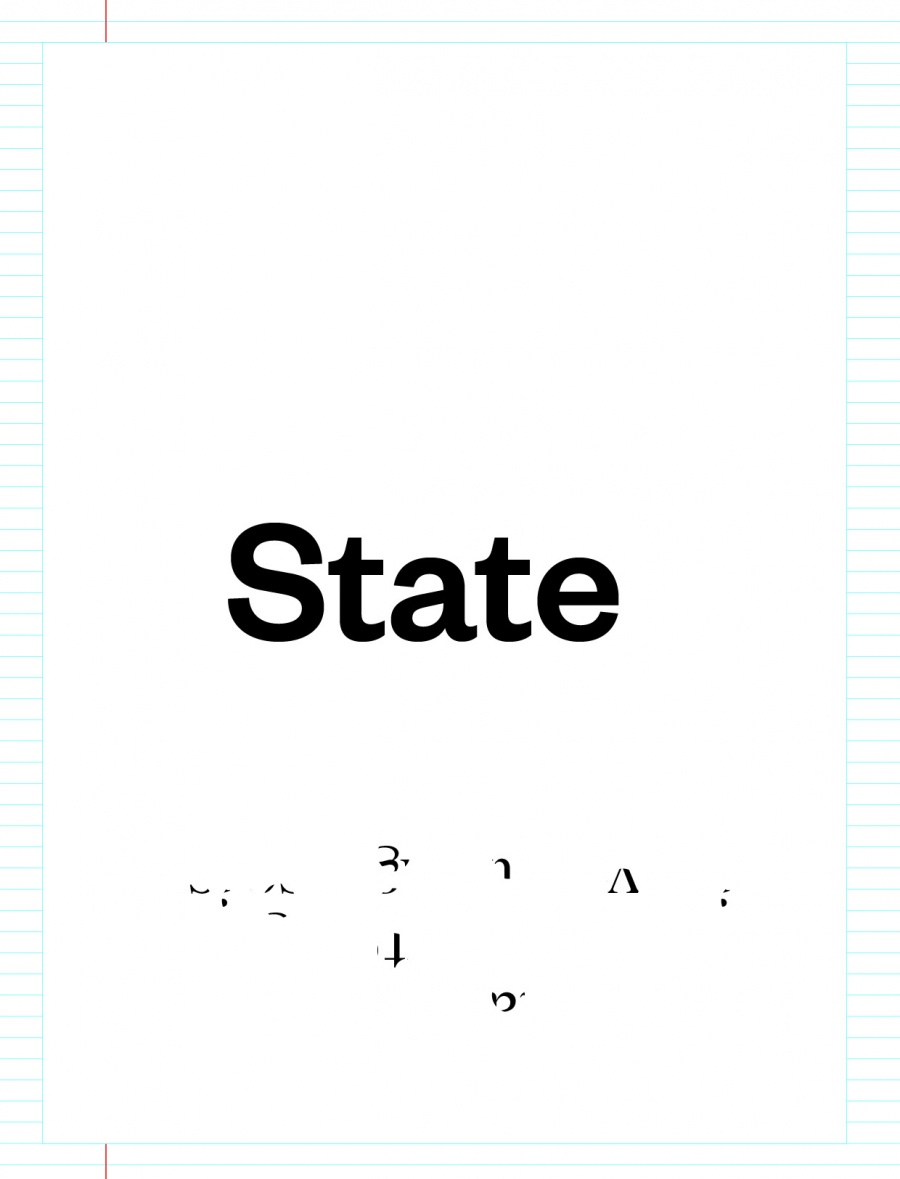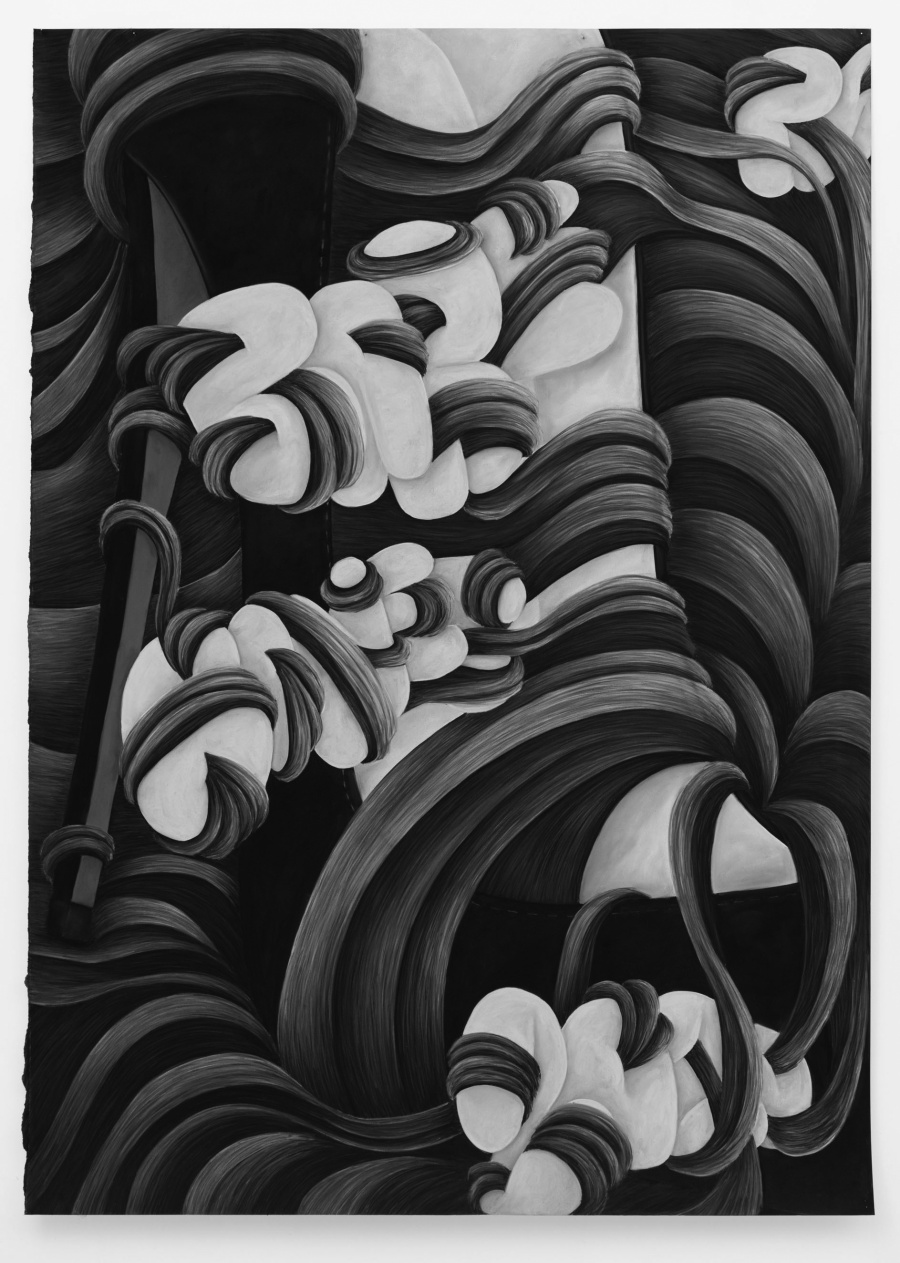Sol LeWitt’s Black and White
24.06.18 | Article by Sol LeWitt | Art, Magazine | MM11 Click to buy
Sol Lewitt’s Black and White figure courtesy of New York’s Smithsonian Museum.
Texts extracted from: Oral history interview with Sol LeWitt by Paul Cummings, 1974


From the series Five Forms Derived From a Cube, 1982.
PAUL CUMMINGS: Where is the accent in your name?
SOL LeWITT: It’s the last syllable — Le-WITT.
PC: It is? People argue about that all the time.
SL: It’s not a very interesting argument.
PC: Or really accurate. You were born when in Hartford, Connecticut?
SL: September 9, 1928.

From the series Five Forms Derived From a Cube, 1982.
PC: You grew up really in the late ’30’s then, the Depression years. Do you remember much of that?

From the series Five Forms Derived From a Cube, 1982.
SL: Sure, I remember quite well because we lived on certain streets and in certain areas in certain times. I don’t remember too much of Hartford because I was six when we left — but some things. But New Britain I remember quite well. I do remember living in the part of town that wasn’t really a very good part of town; it wasn’t so bad, really, but I remember that people were out of work. My aunt had a grocery store, and she used to give credit to people and had a hard time getting paid.

From the series Five Forms Derived From a Cube, 1982.

Bands of Lines One Inch Wide in Four Directions in Black & Gray, 1985.
“Sometimes just the idea of the white canvas, the kind of virginal space, would turn somebody on.”



From the series Doubles in Black and Gray, 1983.
PC: Was there an interest in art or music or culture at home? Or books around?
SL: Well, my father was a doctor, and he also invented a lot of surgical instruments. I made lots of drawing, humorous drawings. I just liked to do that. I think most of
us kids do like to draw.

Lines in Four Directions, 1993.
PC: Did you draw a lot as a child?
SL: I did as a child.
PC: Into grammar school, high school?
SL: Yeah. But not — by the time I got to high school, I didn’t do too much, but then I started again toward the end.

From the series Nine Geometric Figures (White Lines on Black), 1982.

From the series Nine Geometric Figures (White Lines on Black), 1982.

From the series Nine Geometric Figures (White Lines on Black), 1982.
PC: Did you take any art classes? Were there any?
SL: I think I took only one year, I think, in high school.
PC: Was there
a museum in New Britain?
SL: There’s a small museum devoted mostly to American art, and they did have some very good things, late 19th century, early 20th century —
Prendergast. They had several very nice things. I used
to go there,
I mean, once or twice. They never changed.
PC: Were the-
re any teachers
in high school that you remember, that you feel were influential?
SL: Well, there were certain teachers that I liked a great deal but not influential in any sense pertaining to art. I liked my Latin teacher very much and an English teacher very much.
PC: How did you come to go to Syracuse University?
SL: Well, I wanted to go to an art school, and my mother wanted me to get a degree, so it was kind of a —
PC: Compromise.

Black Bands in Two Directions, 1990.
SL: Compromise, right. An uncle of mine had gone there, and it was far enough away from home.
PC: And that was part of it? To get away from home also?
SL: That was part of it.
PC: So how did you like Syracuse? How long were you there?
SL: Four years. At the beginning I didn’t, and then after a while I liked it.
PC: What
didn’t you like about it?
SL: Well, I was quite young when I went — about sixteen. It was just after the war, and the veterans were coming back, so I felt slightly out of place, although there were other young students as well. It just took me quite awhile to get adjusted. And then I didn’t have much art training. That was very tough on me because it was a very
academic school. There was a lot of cast drawing and stuff like that — painting in a very academic way.
And I was never very good at that. So that all made it more than usually difficult. But then when I finally got on to things, things were a little more relaxed, and they changed the administration of the art school. It was a little freer, and then I liked it better, and I did better. Except that the head of the school did advise me to go find something else to do.
[Laughter]

Open Cube in White on Black, 2004.

Open Cube in Black on White, 2004.



